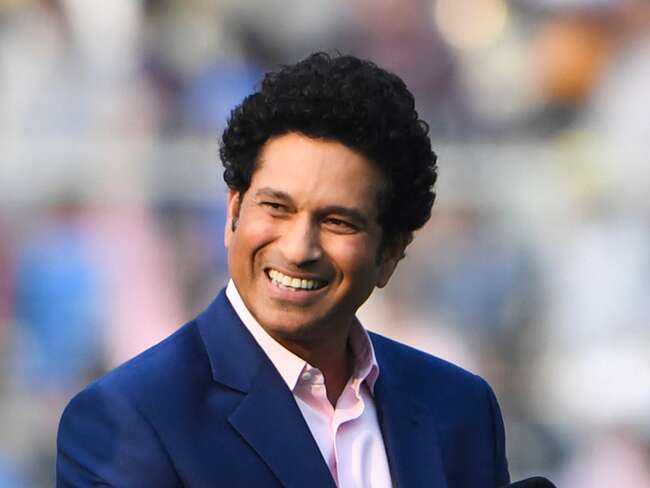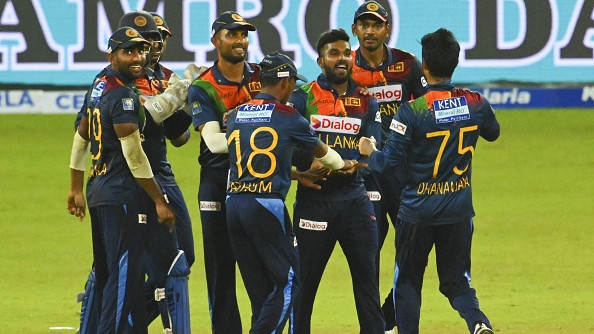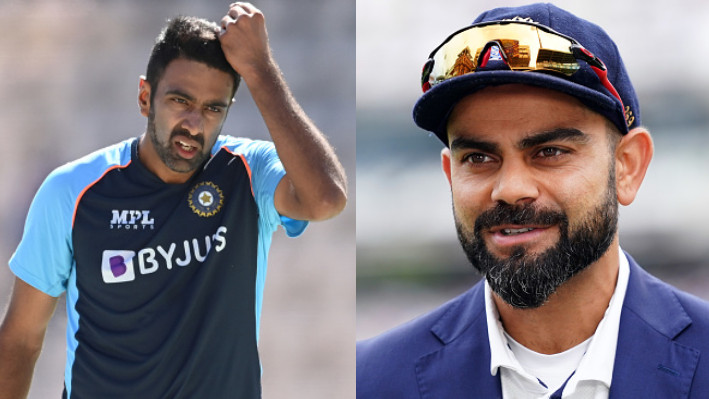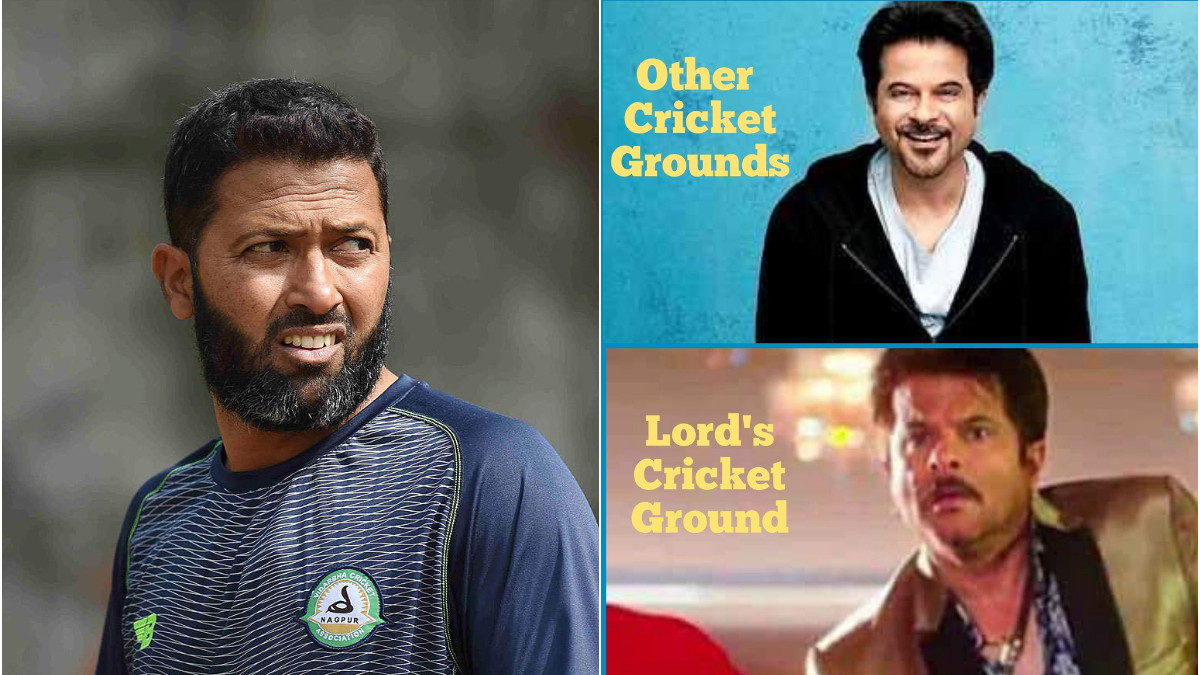
Indian cricket legend Sachin Tendulkar has revealed his reaction when he first saw a laptop being used in the Indian dressing room, as well as, opened up how the technology became an important part of the game of cricket and helps the game while talking about the importance of adaptability.
With the growth of technology, all the cricket-playing nations have hired analysts who can give detailed important information about their own team’s strengths and opposition’s weaknesses and improve the team’s weaknesses in an elaborative and statistical way.
Tendulkar revealed that he saw a laptop in the Indian dressing room for the first time in 2002 and wondered what it would do in a dressing room.
The Master Blaster also revealed that it took some time but eventually players started to accept the technology and adapt to it while stressing the importance to accept the new working things to adapt to the needs of the game.
However, the legendary batsman later realized that the importance of precise calculations in team meetings, as they were earlier forced to remember the mode of dismissals of the batsmen from the particular game, but now the technology and the inclusion of analysts made it easy to view the weakness of the batsmen with data available on the screen.
Read Also: ENG v IND 2021: "No Ashwin?", Twitterati outrage over spinner's omission for second Test
Tendulkar told Indian Express: “Technology has changed everything. In 2002, a laptop was brought to the dressing room and I said, ‘laptop kya Karega dressing room mein? (What will a laptop do in the dressing room?). Over a period of time, there was acceptance. Only if there is acceptance, will there be adaptability.”
He continued, “Our team meetings started to be more precise. It was not left to individual imaginations. So, the meetings were not like earlier, where we used to say … “yaad hai na Melbourne mein outswing pe out kiya tha (remember back then at Melbourne, how we got them out)”. And after saying that, no one knew who was thinking about that Melbourne day and how we got the batsmen out.
Now, we had data on the screen where you could pinpoint and say where the foot of the batsman was. We knew the number of times a particular batsman has been out in a similar fashion.”
The legendary batsman said it was difficult for him to live with data, as the more he looked into the data; it got even more complicated for him and he spent more time on the oppositions.
He signed off by saying, “Personally speaking, I felt the deeper I got into it, the more my mind would get complicated. One need to have that balance and see how much is enough. And instead of watching my batting, I watched the opposition bowlers. Let them spend more time on me and I will spend even more time on them.”



